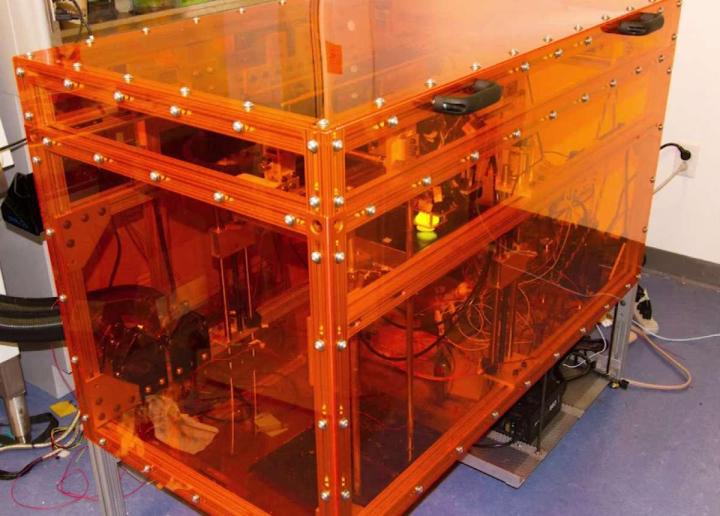
Currently, the typical 3D printer is capable or printing a single material object, usually plastic, that is printed in pieces and assembled manually in layers. The MultiFab throws this method out the door with the ability to print up to 10 materials at the same time using a method that prints finished components in a single session. It does all this with a price tag of only $7,000, which is inexpensive compared to similar industrial machines that often cost up to $250,000, and are considerably more tedious to use.
“The platform opens up new possibilities for manufacturing, giving researchers and hobbyists alike the power to create objects that have previously been difficult or even impossible to print.”says Javier Ramos, a research engineer at CSAIL who co-authored the paper with members of professor Wojciech Matusik’s Computational Fabrication Group.
The MultiFab achieves its results using machine-vision 3D-scanning techniques that can quickly scan a large 3D area and adjust the printer’s calibration based on its scans. The unit has the ability to self-calibrate and self-correct, freeing users from the need to continuously fine tune the printing process. Theoretically, users could set the machine, walk away and return to a completed object. MultiFab also lets users embed components such as sensors into the object and specify moving components that are incorporated into the final product.
The printer can deliver a printing resolution of 40 microns, slightly less than half the width of a human hair, using off-the-shelf components that cost $7,000 to assemble. Besides its enterprise applications, the MIT group sees this technology bringing 3D printing to small companies and consumers. Locations that already offer single material printing, for example, could upgrade to this multi-material printer. These walk-in services would make it possible for an entrepreneur with big ideas but a small cash flow to prototype a device quickly and affordably.
Editors' Recommendations
- 3D printed cheesecake? Inside the culinary quest to make a Star Trek food replicator
- AMD’s revolutionary 3D V-Cache chip could launch very soon
- Fighting football injuries with 3D-printed, hyper-personalized pads
- Need a last-minute Halloween costume? Check out these 3D-printable getups
- NASA is testing a 3D printer that uses moon dust to print in space



